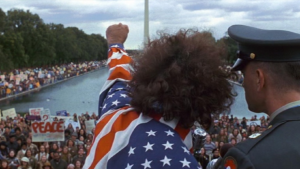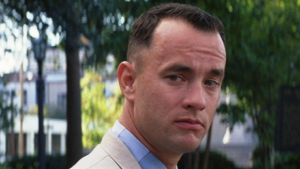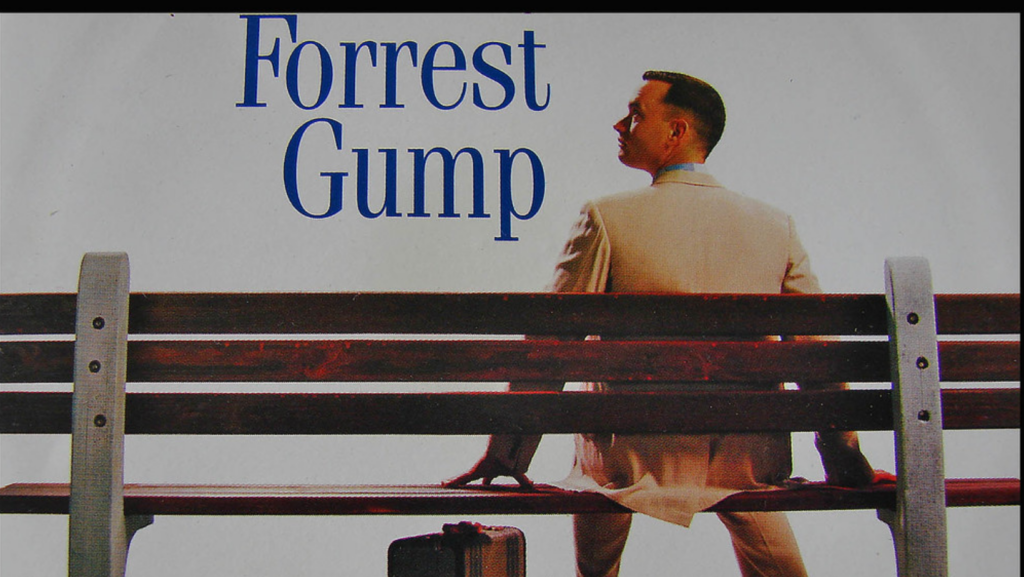Immerse yourself in a journey through time as we explore the historical events depicted in the iconic movie, “Forrest Gump.” This cinematic masterpiece cleverly intertwines fiction with real-life events, providing a unique perspective on some of the most significant moments in American history.
From the civil rights movement to the Vietnam War, Forrest Gump’s life story is a tapestry woven with threads of history. This article will delve into the ways these events were portrayed, and how they shaped the world of our lovable protagonist. So sit back, and let’s take a trip down memory lane, through the lens of Forrest Gump.
Historical Events in Forrest Gump

Historical events in Forrest Gump, the seamless integration of historical events, with fiction bridges an intriguing narrative gap. The movie embeds its titular character Forrest into crucial moments of history, making it dense with references to significant cultural shifts and political happenings.
The Vietnam War in Forrest Gump
Chronicling Forrest’s involvement in the Vietnam War serves as a crucial chapter in the film, encapsulating his military service, experiences, and later, his participation in anti-war protests.
Forrest’s Military Service and Companions
Joining the armed forces arrives as an impromptu decision for Forrest Gump in the story. He scores below average in an IQ test and lands in the military by happenstance. It’s during his drafting he meets two indispensable characters—Bubba, who dreams of shrimp boats, and Lieutenant Dan, who grapples with the loss of his lower limbs due to an attack. Woven tightly within Forrest’s journey, they represent diverse aspects of the American society within the war scenario.
Historical events in Forrest gump uncovered a formidable bond with Bubba, a friendship brought to a mournful end when Bubba succumbs to war injuries. Their shared love for shrimping embodies a slice of American culture and bloomed a post-war business venture, Bubba Gump Shrimp Company.
Equally compelling is Forrest’s bond with Lieutenant Dan, marked initially by hostility and resentment. Forrest’s selfless acts during a deadly ambush, however, change his comrades’ outlook. He salvages what’s left of Lieutenant Dan, forever intertwining their fates.
Assessing the Historical Accuracy of Forrest Gump

Evaluating the historical precision of “Forrest Gump” means examining its interplay of factual events and fabricated narratives. A balance exists between the historical landmarks the main character impacts and the artistic liberties taken by filmmakers.
Historical events in Forrest Gump significantly shape the protagonist. Forrest, despite his simplicity, becomes a mirror reflecting key happenings in America’s timeline. The University of Alabama’s integration, for instance, paves Forrest’s educational path, demonstrating racial tensions during that period. Consequently, these events mold Forrest’s character, highlighting him as a conduit of history, resilient amidst societal tumult.
Equally, Forrest’s involvement in Vietnam War mirrors the harsh realities of conflict, underscoring his development from a naive man to a war hero. Analyzed, his interactions with Elvis Presley illustrate his accidental influence over popular culture; he shows Elvis the dance that later becomes the musician’s trademark move. Such historical milestones unfold Forrest’s character development, portraying him as an unintentional catalyst in shaping American culture.
Discrepancies and Artistic Liberties in the Movie

While Forrest Gump beautifully integrates key historical events, it’s critical to discern its artistic modifications of facts. One alteration lies in Forrest’s role in exposing the Watergate Scandal. Though Forrest’s act of reporting lights in the Watergate building aligns with the timeline of the real event, it’s a fictional spin that feeds his innocent involvement in momentous happenings.
Similarly, the movie creatively manipulates Forrest’s meeting with the Black Panther Party. It depicts this episode humorously, deviating from the Party’s determined activism against systemic racism. The film, thus, employs these factual alterations not as misrepresentations, but as invigorating add-ons to Forrest’s narrative, enhancing its entertainment value.
Moreover, filmmakers take liberties in editing Forrest into actual footage with historical figures—this CGI feat, although not accurate, enriches the cinematic experience. Thus, while the film alters facts, it does so to provide an immersive story, contrasting stark realities with Forrest’s pure-hearted worldview.

